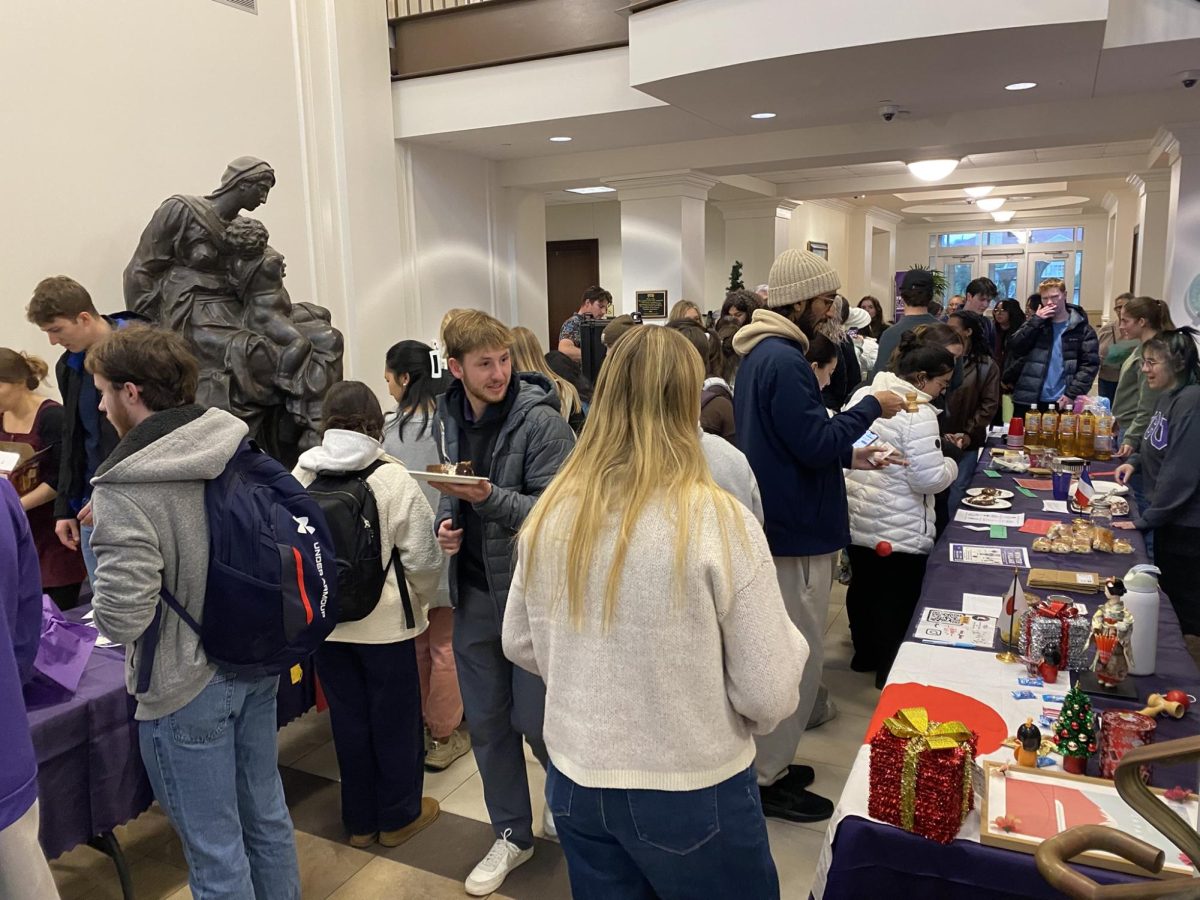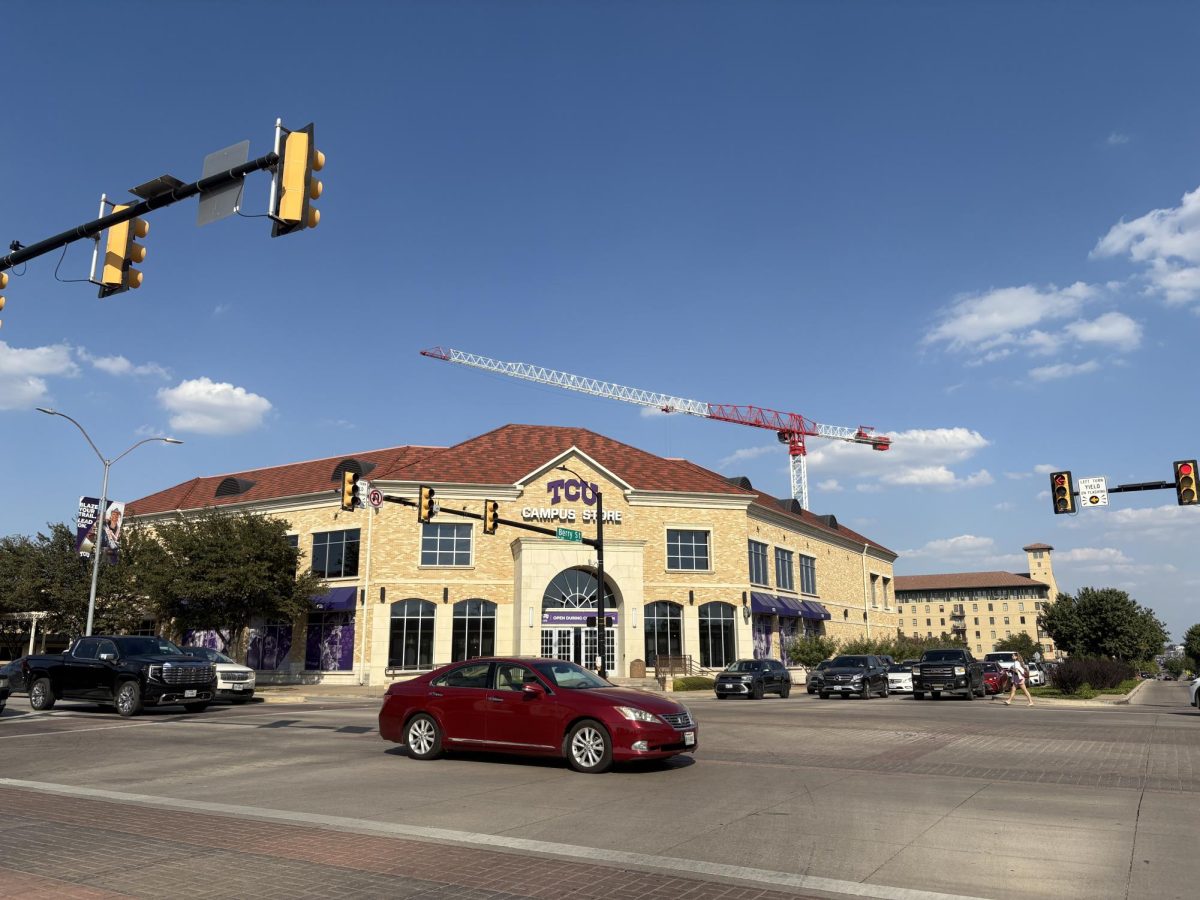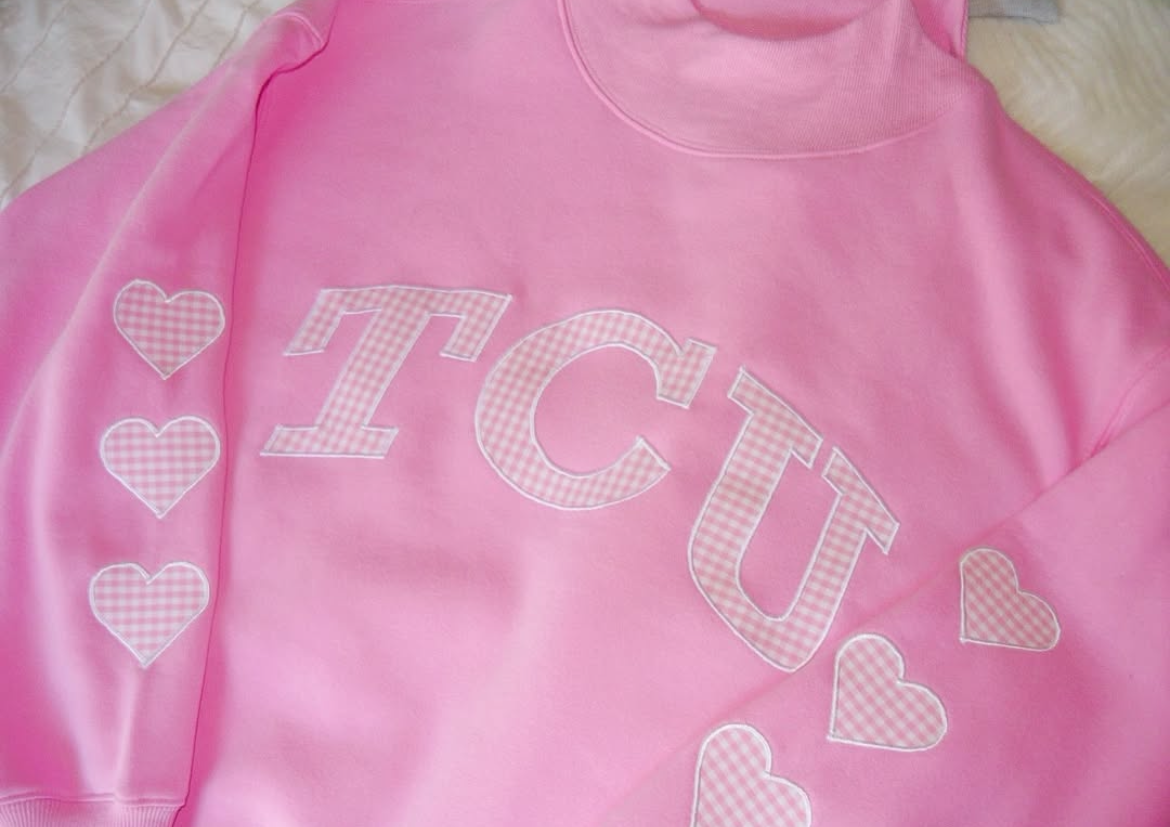SGA’s diversity report was not just about what ethnicities might be underrepresented at TCU, but the disconnect between how students view TCU and how the university presents itself, said diversity commission co-chair Pearce Edwards.
“I think the implication that we’re getting at overall about the university is that TCU promotes a very singular and refined and very powerful image about what the university is,” Edwards said. “Our report suggests that students, regardless what niche of diversity they’re breaking up into, don’t really see the university in the same way.”
SGA’s diversity commission, headed by Edwards and fellow co-chair Miles Davison, released a 26-page report on April 2 detailing practices by the university regarding diversity in 4 main sections: admission and marketing, curricular activities, co-curricular involvement and peer-to-peer interaction.
The report focused primarily on the disparities of African Americans and Latino populations at TCU versus the majority population of Caucasians that comprise several facets of the university.
Edwards said although diversity does encompass a wide range of people and topics, the commission felt it was important to focus on those two races.
“We chose to isolate those groups, African Americans and Hispanics, because those are student populations that have faced a legacy of disadvantage in American higher education,” he said. “We acknowledge that that’s a deficiency of higher education, not TCU specifically. So we’re trying to say: What’s TCU’s story relative to these groups?”
Edwards said the report also addressed the lack of opportunities TCU provides to students who are interested in pursuing a diverse education.
“We really emphasized people who want to talk about diversity, people who care about social justice, people who want to be stimulated in that way that aren’t necessarily having that rewarded on campus either,” Edwards said. “And that’s related in some ways to other aspects of diverse students themselves.”
Davison said he hopes the report is simply a mechanism that will motivate TCU students and administration to prioritize diversity in the future.
“Since we really had to narrow the scope of our project, we really only hit the tip of the iceberg when it comes to diversity at TCU,” he said. “Students have often spoke out about their issues on campus, and we hope our report legitimizes some of those concerns and also inspires students to take our work a step further and build off of it.”
Edwards echoed Davison’s thoughts, saying the report is a first step he hopes the university will expand upon with further programs and initiatives.
“In the short term, we wanted to use the report as a tool to start the conversation,” Edwards said. “We wanted to be able to say, ‘Look, these are things we and students have noticed together, and this is something that student leaders are concerned about.’”
Edwards said he has confidence for the university’s future in terms of diversity, because TCU’s administration has a track record of success.
“Right now I think the administration has the capacity, and the resources, and the vision expertise to turn diversity into an issue that is really discussed more broadly and evaluated more thoroughly on campus because the administration has done it so well with so many other things in the past 10 years,” he said.
While Edwards said no follow-up report is currently planned, he does hope the university takes notice of the report and the student body’s concern for a more diversified campus.
“What were saying in terms of follow-up is ‘Lets make this the next big thing that the university focuses on,’” he said.




